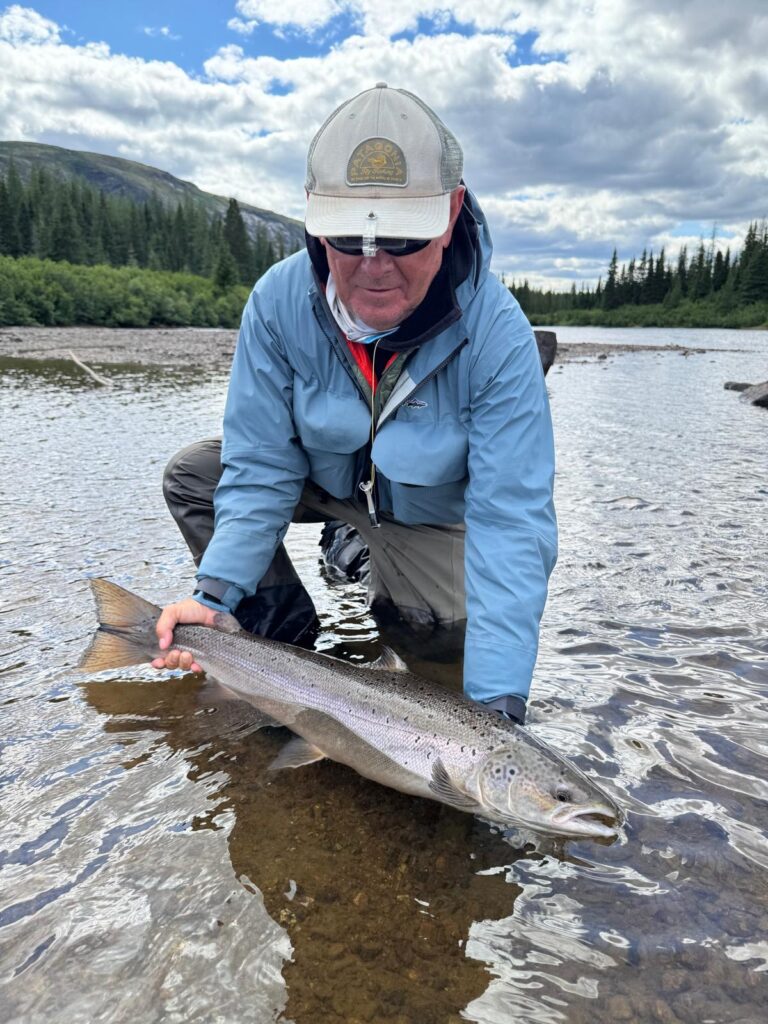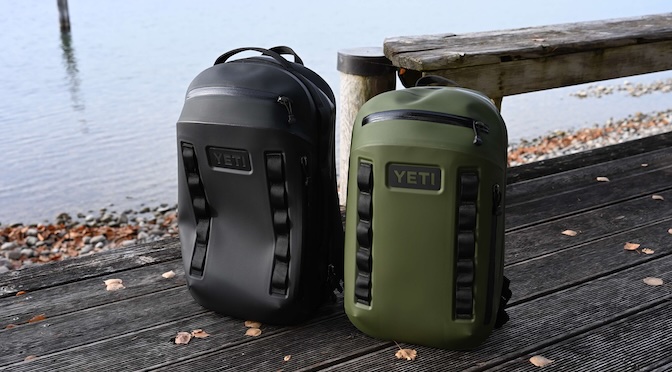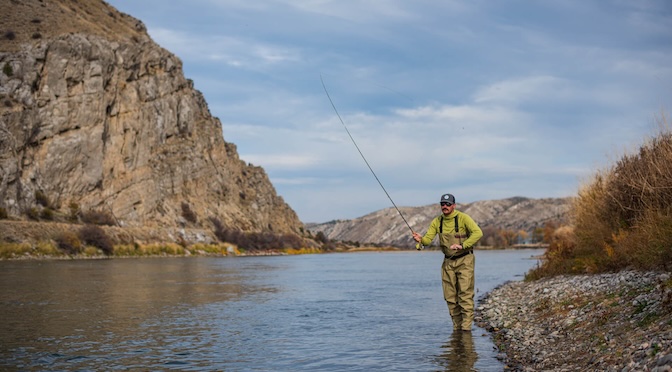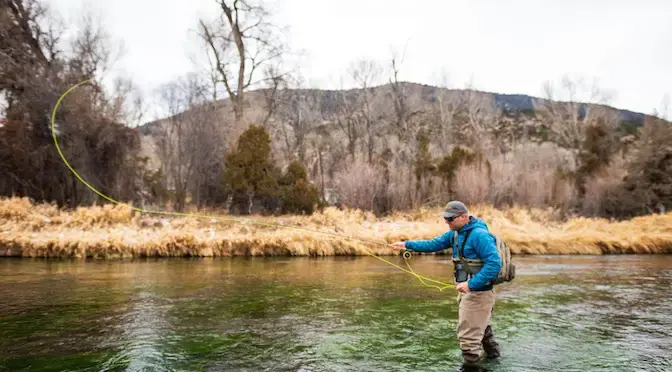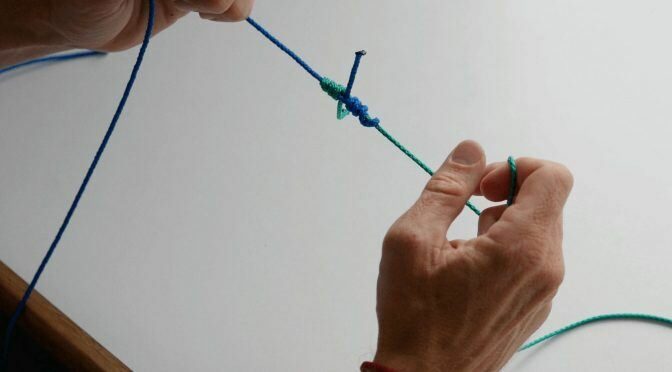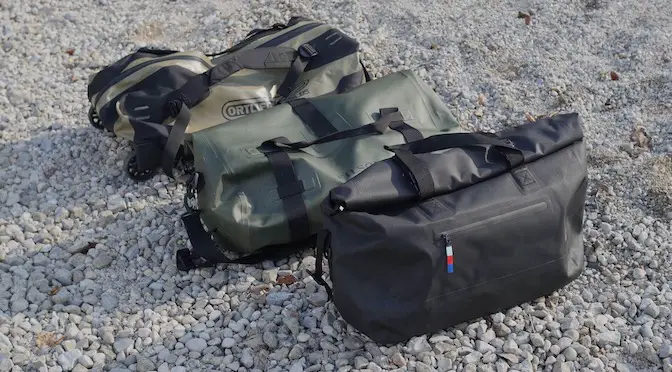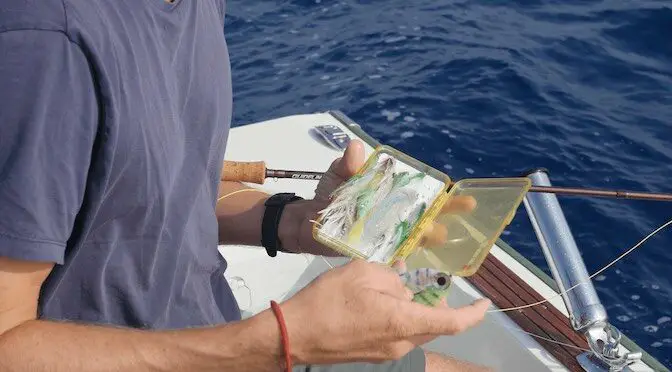- The Pheasant-Tail Way: Simple Flies, Smarter Fishing - October 20, 2025
I’ve spent a lifetime chasing difficult fish and trying to fool them with flies I tie myself.
That pursuit—equal parts curiosity and stubbornness—led me to co-author a new book with Yvon Chouinard and Craig Matthews. Our premise is simple: with a handful of thoughtfully tied pheasant-tail patterns—and a focus on watercraft over gadgetry—you can catch an astonishing range of species in a wide variety of conditions.
This piece lays out how and why I fish the way I do: my philosophy, the role of pheasant tail, practical nymphing setups, dry-dropper tactics, tackle choices, and a closing note on conservation.
Why Pheasant Tail?
When we finished Simple Fly Fishing, we asked ourselves: Can we strip things back even further? We picked one material—pheasant tail—and built a tight family of flies around it. Alongside hare’s ear and peacock, pheasant tail is one of the most effective and versatile tying materials I know. We tied dries, wets, nymphs, and small streamers; then we pushed our luck—bonefish in Cuba and the Bahamas with a PT-flavored Crazy Charlie, and Atlantic salmon on a very ordinary PT wet. It all worked.
I won’t pretend I fully understand why pheasant tail is so universal. I just know it is: the texture, the translucence, the buggy look. More importantly, limiting myself to a few PT variants keeps my attention where it belongs—on the river.
The Real Secret: Read Water, Not Catalogs
I love fly tying, but if you catch me changing flies every five minutes, it means I’m not thinking clearly. In my experience, most struggling days are fixed by changing weight and drift, not pattern. Get the fly moving at the river’s speed, in the right lane, at the right depth; the rest follows.
When I step to the bank, I don’t ask, “What fly?” I ask:
Where is the softest seam beside fast water?
How deep is the feeding lane?
What’s the angle that lets my fly settle before it reaches the target?
Where will drag start?
Answer those and you’re halfway to a fish before you even cast.
Nymphing Without the Noise
People love labels—Czech, French, Spanish, Euro. I’ve fished them all; it’s nymphing. Here’s how I keep it simple and effective.
My Core Rig
Line: a mono rig or 0.55 nymph line (a short, light fly-line substitute).
Leader/Tippet: straight tippet only off the line—no taper.
7X for winter grayling; 6X–5X for most trout; 4X when fish run large or water is pushy.
I use thin tippet primarily so I can fish lighter flies that still get down—not because trout “see” thicker nylon.
Flies: a small box of pheasant-tail nymphs in a few hook sizes with several bead weights. If I’m changing anything, it’s the bead first.
Beads, Hooks, and Snags
A modern trick that saves fish and flies: small hook, bigger bead. A #16 with a 3–3.5 mm bead rides better and hangs up less than a big, bushy nymph with a tiny bead.
Two-Fly Spacing
There’s no sacred number, but 40 cm is my minimum; 60–65 cm on larger rivers when I want to explore more of the water column.
Jig vs. Standard Hooks
I like jigs—as the point fly only. On a dropper they twist, tangle, and waste time. Droppers get straight or curved hooks.
“Is Euro Nymphing Still Fly Fishing?”
I don’t lose sleep over purity contests. If you’re lobbing a 10-gram lead ball on mono, that’s spinning. If you’re using a light system and small weighted flies with a fly rod, that’s fly fishing. Methods evolve; rivers set the rules; do what brings you joy and respects the fish.
When I Start With Nymphs (And When I Don’t)
Mornings, cold water, high flows—nymphs first. As the sun climbs and insects appear, I’ll switch. Declining hatches in many places make nymphing a reliable baseline, but I’ll never force it where a dry or wet shines.
The Dry-Dropper I Love
I fish dry-dropper often because it covers two columns elegantly.
Dry: the Clinkhammer is my workhorse. It suspends a nymph beautifully and its body pierces the surface film in a way trout seem to trust.
Dropper: a small PT (#18 is a favorite) with a dark bead.
When mayflies are around, I’ll swap to a slimmer mayfly dry and keep the PT underneath.
On flat glides, I may fish a dry or a wet alone; in fast, deep runs, the nymph gets the nod.
Rods: One Stick for a Full Day
For an all-day river where I don’t want two outfits, I carry a 9’9″ two- or three-weight with a progressive action.
Progressive rods bend through the blank and fish up close; ultra-fast rods are casting tools more than fishing tools.
I’m not trying to cast 20–30 meters. Real fishing happens much closer.
I’ll leave big streamers to heavier rods; everything else—from Euro to dries—this length and line class handles beautifully.
Salmon on Dries (Yes, Really)
In Labrador I’ve been lucky to fish Atlantic salmon that eat dry flies—often. Not by skating bombers, but with dead-drifted surface patterns in smaller, clear, insect-rich rivers. The drift must be nearly perfect; any hint of drag and they refuse. Presentation beats pattern, even for salmon.
I also nymph salmon and steelhead when conditions call for it. Again: right tool, right water.
A Quickstart Checklist
Rig: Mono or 0.55 nymph line → straight 4X–7X tippet.
Flies: A half-dozen PT nymphs in a few sizes with multiple bead weights.
Spacing: 40–65 cm between dropper and point.
Adjust: Change weight first, then depth/angle, and only then pattern.
Mindset: Plan every cast—lane, settle time, swing point, and exit.
The Most Important Habit: Look Before You Cast
If you take nothing else, take this: weight and drift win more fish than clever patterns do. Spend real time watching—currents, micro-seams, bubble lines, fish lanes—before you ever step in. Ask: Why cast here? Why would a fish be there now? Find fish and understand what they’re doing; technique is only the third step.
Conservation: The Part We Owe Back
If we don’t care for our rivers, there won’t be fish to argue about. In winter, put a few hours into stream work. Join your local group. Support the unglamorous, necessary projects. It all matters.
Tight lines—and keep it simple.

